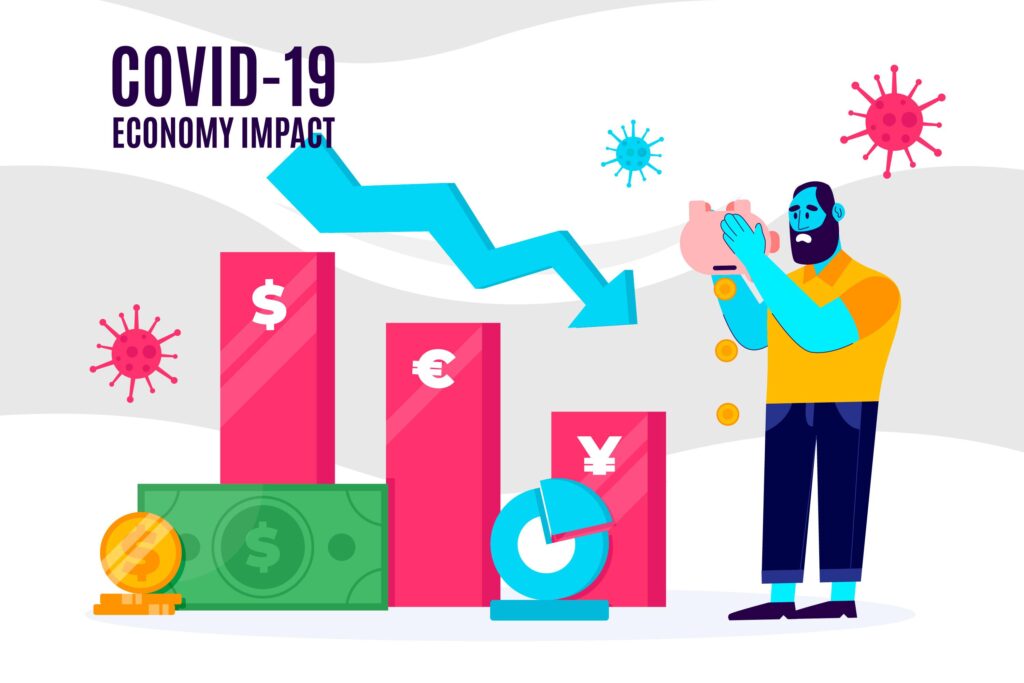
COVID-19 pandemic had a lot of impact on the world economy. The Indian economy also felt the shocks due to the lockdowns and continues to feel the impact of the waves of COVID-induced lockdowns.
COVID lockdowns greatly affected the incomes and impacted people’s lifestyles. It pushed a lot of people into poverty, pushed those already poor into even more abject poverty and made the rich even richer.
Impact of Lockdowns
In India, lockdowns started from 22 March (“Janata Curfew”) followed by 21-days long lockdown periods. The lockdowns ended on 31 May. Barring the exception of the so-called “essential workers”, most Indians were required to stop working and to stay indoors to protect themselves from the virus.
In India, approximately 20% of households work casually. Over 50% of India’s GDP is attributed to the country’s 80% informal labour force. India even has very low average household savings. 38% of households have insufficient savings to last for 21 days if they are unable to find work.
As a result of these factors, the casual, informal working classes were the hardest hit by the lockdown. Because of the already high rates of poverty, most households are now in even more trouble.
More than 121 million people lost their jobs in April 2020 alone. Financial and food insecurity were extremely prevalent during this time. The most severely affected were rural areas with high rates of poverty and low wages. Less remittance income and a new requirement to support returning city migrants created a double crisis.
Support People Impacted by Financial Crisis!
Children are the most affected by the crisis. Join Fikrah, volunteer with us and together let us find ways to help the poor, the needy, the affected children as well as their families.
Donate to us, volunteer with us and let us make sure nobody is left behind and everyone has good food, health and education!
